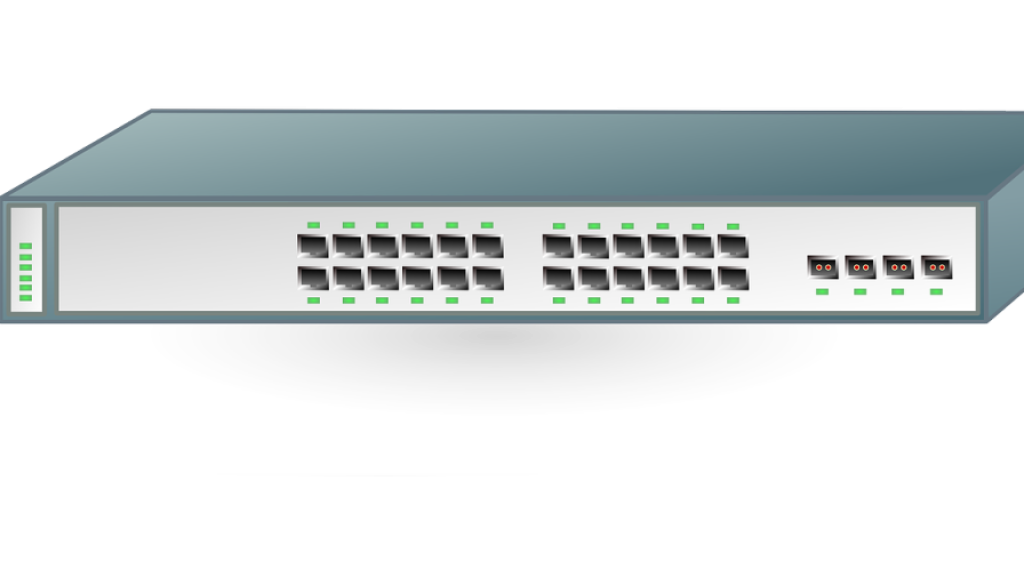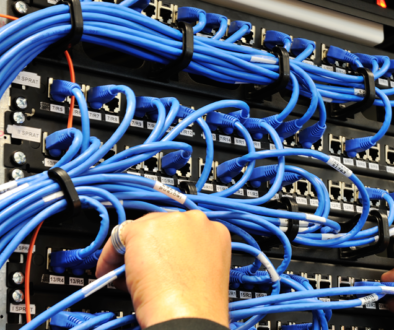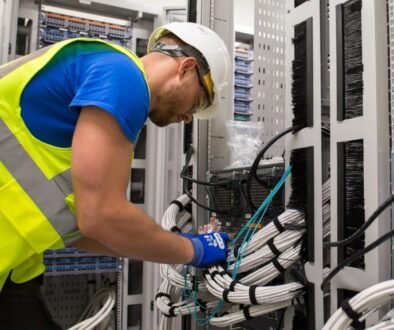Expanding Horizons: Navigating the Depths of Advanced Port Networking Technologies
We are traveling into new territory on the road of connectivity in our constantly changing technology landscape. The development of sophisticated port networking technologies has created new opportunities and difficulties in addition to revolutionizing device communication. Let’s examine these sophisticated ports’ historical significance, effects on different businesses, and potential futures in more detail.
The Historical Tapestry of Connectivity
The roots of advanced port networking trace back to the rudimentary serial and parallel ports that facilitated the exchange of data in the early days of computing. These humble beginnings paved the way for the revolutionary USB ports, which standardized connectivity across a myriad of devices. As we look to the future, the rise of USB-C and Thunderbolt signifies a quantum leap in data transfer capabilities and power delivery.
USB-C and Thunderbolt: Unraveling the Magic

The reversible nature of USB-C is not the only thing that makes it magical; it also handles a wide range of tasks with ease. With its incredible data transfer speeds and effective power delivery, USB-C has emerged as the preferred connector for a diverse range of devices, including laptops and smartphones. On the other side, Thunderbolt redefines speed by offering unmatched connectivity for demanding applications like gaming and video editing.
Ethernet Ports: A Steadfast Companion
While the limelight often falls on wireless connectivity, Ethernet ports remain a steadfast companion in networking. The development of Ethernet has given rise to the Gigabit and 10 Gigabit varieties, which guarantee a dependable and fast connection for customers in both residential and commercial settings.
Beneath the Surface: Unpacking the Advantages
The adoption of advanced port networking technologies brings forth a treasure trove of advantages.Apart from the apparent advantages of speed and power delivery, these ports make a substantial contribution to the flexibility of device connectivity. The user experience is improved overall when different peripherals, like external storage, displays, and audio devices, may be connected.
Navigating the Maze: Challenges and Solutions
As with any technological leap, challenges emerge on the horizon. Compatibility issues between devices with different port types can be perplexing for consumers. However, the industry has recognized this challenge and is actively working on standardizing port technologies. The Universal Charging Solution (UCS) initiative is a step in the right direction, aiming to create a standardized approach to charging devices, regardless of the port type.
Integration Across Industries
The integration of advanced port networking technologies extends far beyond traditional computing devices.USB-C has becoming widely used in the world of smartphones and tablets, giving customers quick charging and data transfer capabilities. Thunderbolt allows desktop and laptop computers to connect to external storage devices, monitors, and even external GPUs for faster graphics performance.
Transforming Business Operations
The impact of advanced port technologies on business operations is profound. Faster file transfers and improved efficiency in data-intensive tasks contribute to enhanced productivity. Industries such as graphic design, video production, and engineering, which heavily rely on data-intensive applications, witness a substantial boost in performance.
Peering into the Crystal Ball: Future Trends
As we stand at the crossroads of technological evolution, what does the future hold for advanced port networking? Predictions point toward even faster data transfer speeds, increased compatibility across devices, and the integration of advanced ports into emerging technologies like the Internet of Things (IoT) and artificial intelligence. The prospect of a truly interconnected world beckons, where devices seamlessly communicate and share data in real-time.
Making Informed Decisions: A Consumer’s Guide
For consumers navigating the market flooded with devices boasting advanced ports, making informed decisions is crucial. Understanding the specific advantages of different port types, such as USB-C’s ubiquity or Thunderbolt’s high-speed capabilities, empowers individuals to choose devices that align with their unique needs. Considerations for compatibility with existing devices and future-proofing your investments become pivotal in the decision-making process.
Safeguarding the Gateway: Security in Advanced Port Networking Technologies
In the interconnected ecosystem of advanced port technologies, security takes center stage. The convenience offered by these ports should not overshadow the potential security risks they pose. Implementing best practices, such as regularly updating firmware, using reputable antivirus software, and avoiding connections to unsecured networks, becomes imperative to safeguard devices and data.
Real-world Marvels: Applications Across Industries
The real-world impact of advanced port networking technologies is witnessed across diverse industries. In healthcare, the seamless integration of medical devices through advanced ports enhances patient care and data management. Financial institutions leverage the speed and reliability of these ports for quick and secure transactions. The creative industries, including photography, videography, and audio production, benefit immensely from the efficiency and performance offered by advanced port technologies.
Sailing Towards Sustainability: The Environmental Footprint
Amidst the technological marvels, it’s crucial to set sail towards sustainability. Manufacturers are increasingly focusing on energy-efficient designs for devices with advanced ports. The push for electronic waste recycling programs encourages consumers to dispose of their devices responsibly, contributing to a greener and more sustainable future.
The Nexus of Speed: Advanced Ports and 5G Networks

The integration of advanced ports with 5G networks heralds a new era of connectivity. The synergy between high-speed wireless communication and advanced port technologies opens up new possibilities for seamless and lightning-fast data exchange. The marriage of these technologies is particularly promising for applications that demand real-time data transfer, such as augmented reality and virtual reality.
Empowering the Tech Enthusiasts: Educational Initiatives
Recognizing the importance of tech education, initiatives and training programs are emerging to equip IT professionals with the knowledge and skills needed to navigate the intricacies of advanced port networking technologies. These educational endeavors empower individuals to harness the full potential of advanced ports and contribute to the ever-growing field of technology.
The Tapestry Woven: Conclusion
In conclusion, the journey through advanced port networking technologies unveils a tapestry woven with innovation, challenges, and endless possibilities.The evolution has been nothing short of amazing, starting with the historical foundations of straightforward ports and ending with the intricacy of USB-C and Thunderbolt. It is critical that people and organizations keep up with these technology developments as we head into the future in order to use connectivity to create a better, more connected world.
FAQs Continued
- Can I use a USB-C port for video output?
- Yes, many devices with USB-C ports support video output, making it a versatile option for connecting to external displays.
- What are the key differences between USB-C and Thunderbolt ports?
- While both USB-C and Thunderbolt use the same physical connector, Thunderbolt offers faster data transfer speeds and additional capabilities, such as daisy-chaining multiple devices.
- How can I future-proof my device purchases in terms of port technology?
- Look for devices that support the latest port standards and consider the potential for software updates that may unlock new features or improve compatibility.
- Are there any advancements in wireless connectivity that might rival the need for physical ports?
- While wireless technologies continue to advance, physical ports remain essential for high-speed data transfer and certain applications. The two often complement each other rather than being mutually exclusive.
- How can I contribute to electronic waste recycling efforts?
- Check with your device manufacturer for recycling programs, explore local recycling centers, or participate in e-waste collection events in your community to ensure responsible disposal of electronic devices.



